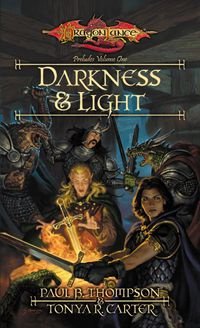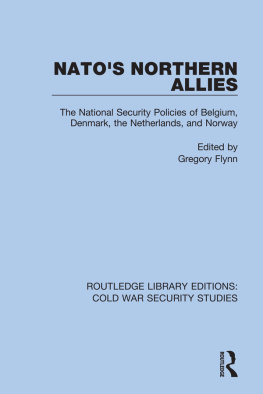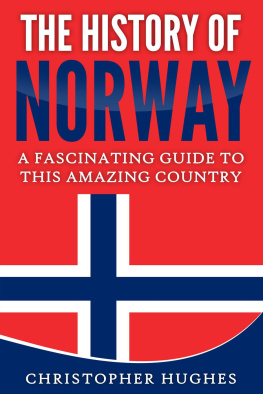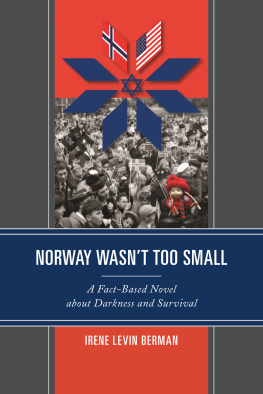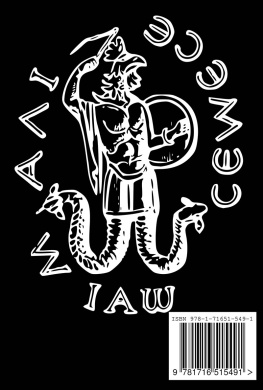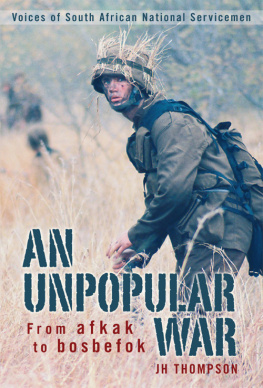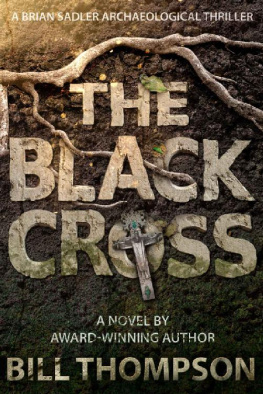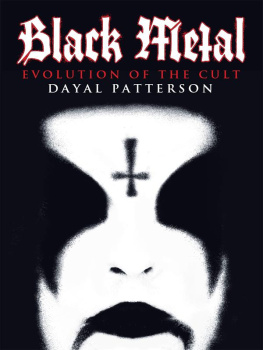Historiska Institutionen
Uppsala universitet
"Sons of Northern Darkness
Reflections of National Identity in Norway through Black Metal
Master's thesis, Autumn 2012 Author: Christopher Thompson Supervisor: Hanna Enefalk Seminar Chair: Erik Lindberg Defense Date: September 19, 2012
Table of Contents
Abstract and Acknowledgements
Abstract
Acknowledgements
Part I.
Introduction
Chapter 1: Previous Research
Chapter 2: Black Metal Roots and Development
The Beginnings of Heavy Metal
NWOBH - New Wave of British Heavy Metal
Bathory - Atmosphere and Tone
Bathory and Romanticized Mythology
Death Metal
Norwegian Black Metal
Chapter 3: Theory
Music as a Communicative Medium and Mirror Society
Popular and Extreme Music in Society
Cultural Industry, Imagined Communities, and Cultural Memory
Chapter 4: Norwegian NationalismUnion with Denmark
Union with Sweden and Cultural Interaction
Rise of Norwegian Nationalism
Second World War to Present Day
Perceptions of Culture
Part II.
Chapter 5: Methods
Chapter 6: Analysis - Nature
Chapter 7: Analysis - Ancient Past
Chapter 8: Analysis - Modern Symbols
Conclusion
Appendix 1: Black Metal Roots and Development
Appendix 2: Analysis - Nature
Appendix 3: Analysis - Ancient Past
Appendix 4: Analysis - Modern Symbols
Bibliography
Abstract
Black metal has often been posited as an antagonist to mainstream notions of societal norms and values. While the genre of music has been the subject of various books and documentaries, few have attempted to see how black metal has been reflected in dominate forms of identity and culture. Therefore in this thesis, the intent is to show how black metal in Norway has become an integral part of Norwegian identity. This is shown through a glance into the development of Norwegian black metal which is then paired with an overview of the formation of Norwegian nationalism. In conducting the investigation, the semiotics of Norwegian identity that were established during the nineteenth century and the interpretation of Norwegian history throughout the nation's existence are analyzed with the symbols, lyrics, and visual accompaniments of Norwegian black metal bands. The analysis is broken down into three parts that correlate with expressions of nationalism and culture found in the construction of Norwegian identity and the thematic elements of Norwegian black metal. Theoretically, the thesis draws upon many sources, however the primary theories revolve around the ideas of popular music in society by Jacques Attali, the concept of 'imagined community' by Benedict Anderson, the notion of cultural memory presented by Jan Assmann, and the understanding of likhet by Marianne Gullestad. From the analysis, the thesis concludes that through the use of symbols of Norwegian national and cultural identity, Norwegian black metal has been incorporated and accepted as a cultural product and as an essential component of Norwegian identity.
Acknowledgements
As might be evident by the topic, Norwegian black metal is a personal interest of mine. Ever since discovering the genre over fifteen years ago, I have been fascinated by Norwegian black metal. After visiting Norway in 2007 while studying abroad in Austria, the interest I had with Norwegian black metal was extended to the country it comes from. Looking back, it was that trip that set me on the path to pursue master's studies outside of the United States.
Over the course of my studies at Uppsala University and through the process of writing this thesis there have been a lot of people who have helped me. To start, I would like to thank Lars. M Andersson, Gudrun Andersson, and Erik Lindberg at Department of History for allowing me to write a thesis on an unconventional topic and giving me advice throughout the writing process. A special thanks goes to my thesis advisor Hanna Enefalk whose support and interest in the topic seemed to match my own. Additionally, the guidance she has given proved extraordinarily helpful in breaking down my methodology and for putting together a more complete vision of Norwegian nationalism.
During the two years of my studies at Uppsala University, there have been a number of people who have been important to me during my time in Sweden. First and foremost I must thank my parents and my sister whose unwavering support has allowed me to live and find happiness so far from home. Additionally, thanks goes to Bo Hellekant, Paula Von Essen, Simon Carpels, Lennart Gewers, and Kristoffer Jutvik for being awesome friends and putting up with my incessant rants about black metal. An extra special thanks goes to my girlfriend, Kristin Wagrell. Not only has she shown unending patience in listening to me talk non-stop about black metal and Norway, she has been invaluable in helping me read through, correct, and make sure the sentences I write actually make sense.
Introduction
Music is an important and complex part in the construction of modern society. It is a commodity of consumption, a barometer of social temperament, and a reflection that can suggest the direction of where a society may be heading. This has been the case in Norway and a style of black metal that developed there in the late 1980s. Unlike other forms of extreme music, black metal has turned into part of Norway's national and cultural identity. Examples of this can be seen in various ways, most notably from the genre's appearance in Norway's Melodi Grand Prix (Keep of Kalessin in 2010), The genre has grown from its small, extreme roots to become a national phenomenon of major cultural significance.
Next page


